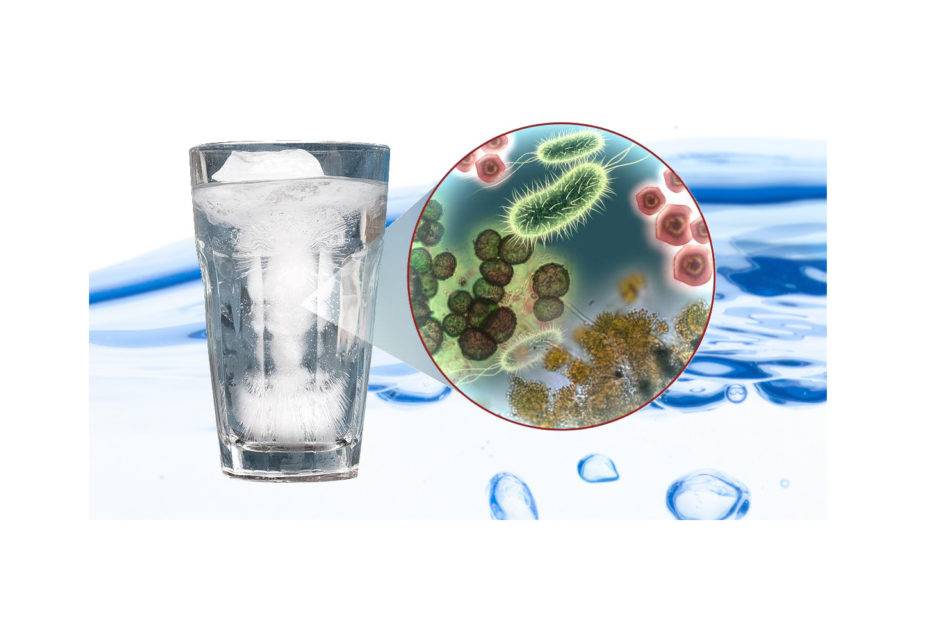The Hidden Dangers in Every source of water
We don’t always think about where our water comes from or what could be living in it. But many microscopic organisms that cause disease are routinely found in water supplies. By learning about these invisible threats and taking proper precautions, we can safeguard our health. In this blog, we will explore the hidden dangers in every source of water and what steps you can take to protect yourself.
Tap Water:
Tap water is the most common source of drinking water for many households. It comes from treated and chemically disinfected sources such as rivers, lakes, and reservoirs. While tap water is generally safe to drink, it can also contain harmful pollutants like bacteria, viruses, and chemicals. These contaminants can enter the water supply through various means, including industrial waste, agricultural run-off, and old pipes.
One major concern with tap water is its high chlorine content. Chlorine is used to disinfect the water and kill harmful bacteria, but it can have negative effects on our health when consumed in large quantities. Studies have linked high chlorine consumption to an increased risk of certain types of cancer, as well as respiratory problems and skin irritation.
Another issue with tap water is the presence of lead. Lead can enter the water supply through old pipes and plumbing fixtures, particularly in older homes. Exposure to lead can cause serious health problems, especially for young children and pregnant women. It is important to have your tap water tested for lead and take precautionary measures if necessary.
Bottled Water:
In recent years, bottled water has become a popular alternative to tap water due to its convenience and perceived safety. However, not all bottled water is created equal. While some brands may come from natural mineral springs or purified sources, others are simply filtered tap water.
Protozoa like Giardia and Cryptosporidium enter water sources through animal and human waste. Drinking contaminated water can lead to severe diarrhea that lasts for weeks. Boiling water kills these parasites, as does filtration with a filter containing an absolute 1 micron rating.
Bacteria like E. coli and Salmonella also originate from fecal matter. Symptoms caused by ingesting them include vomiting, abdominal pain, and bloody diarrhea. Chlorination during water treatment destroys most bacterial pathogens.
Viruses such as norovirus and adenovirus are highly contagious and cause intestinal illness. Proper handwashing after using the bathroom or changing diapers is important to prevent spread.
Other microbes, like Legionella, a severe pneumonia-causing bacterium, thrive in warm water systems. Ensuring water tanks and fixtures are clean helps control its growth.
By maintaining backup water stores in case of emergencies, filtering questionable sources, and using disinfectants during travel or disasters, we reduce the odds of waterborne infection. Following boil water advisories carefully protects community health as well.
With a bit of awareness and care when handling H20, we can stem the silent spread of germs and drink freely without unseen risks to our wellbeing. Clean, safe water should be accessible to people everywhere.


